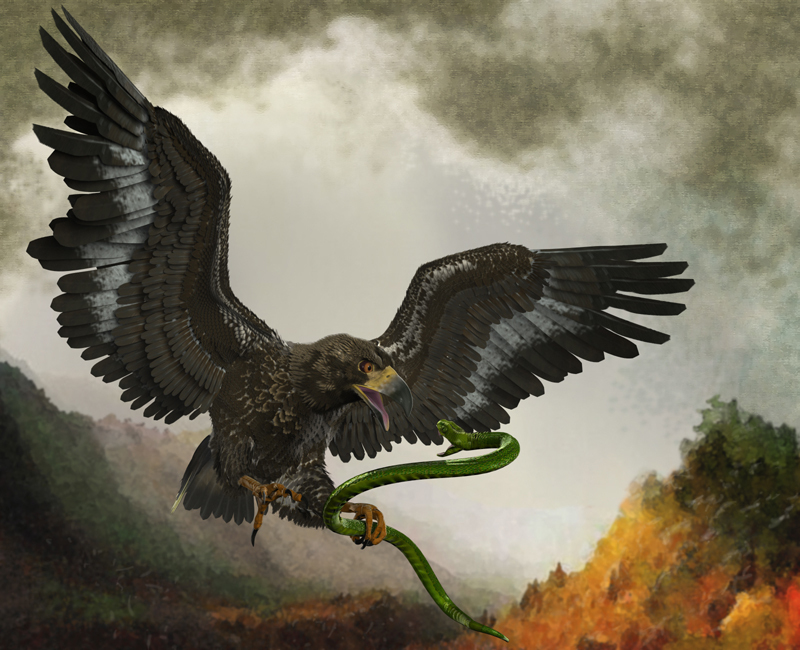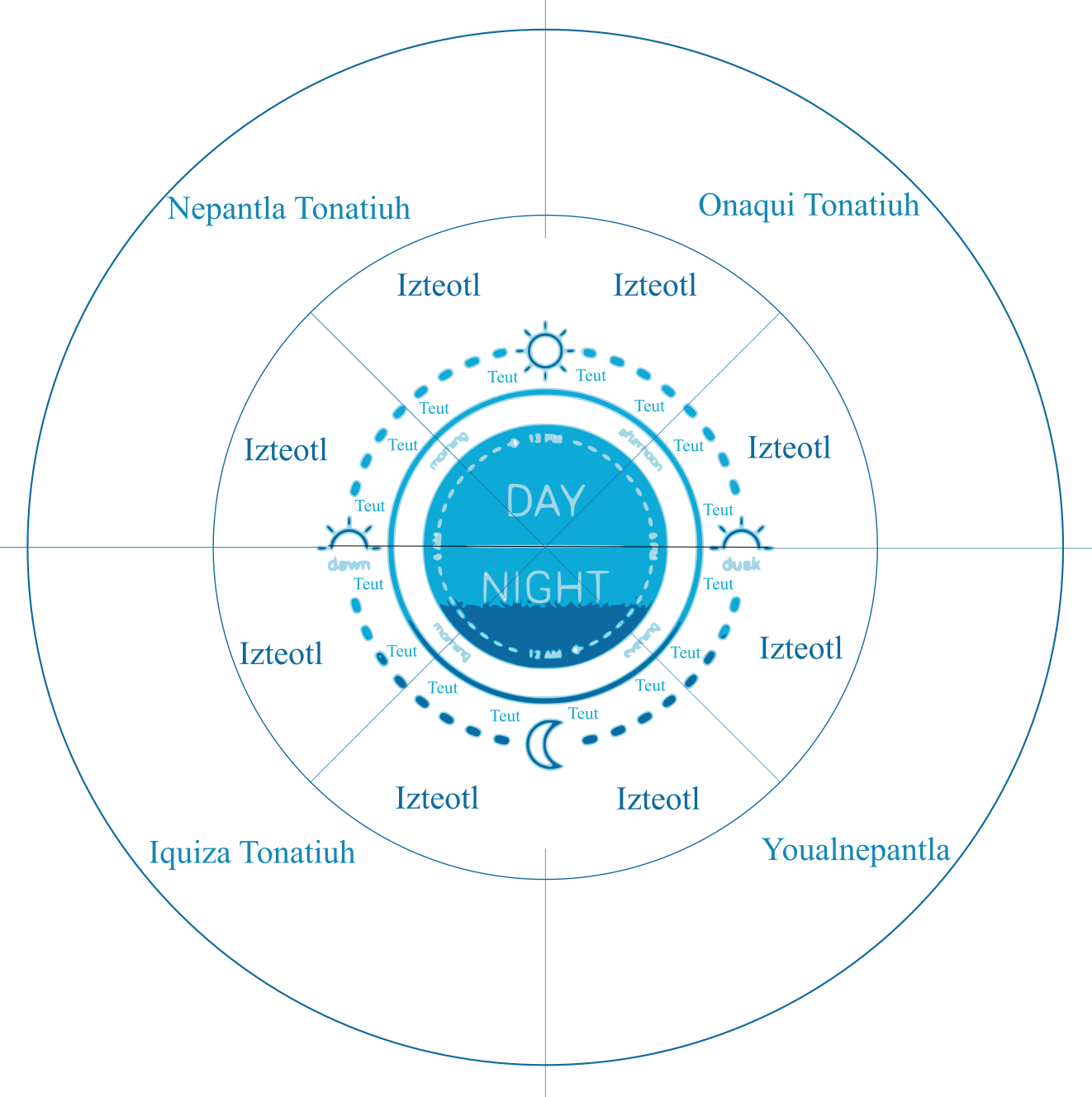Sang
by hughpierre
Naming Traditions
Feminine names
Calendar Names
During a baby's naming ceremony, the girl might be given a name that combines popular or exotic or fanciful flowers with feminine duties.Tonal Names
At age 7, the resident tonalpoqui unfolds the naming book to reference its star patterns, godly doings and natural observations that have occurred on the date of their birth. It is at their discretion that the child is named and recorded in the tocayamatl where it would remain their until the day of their death or banishment.Masculine names
Calendar Names
During a baby's naming ceremony, the boy might be given a name that reflects animalistic skill or qualities.Tonal Names
At age 7, the resident tonalpoqui unfolds the naming book to reference its star patterns, godly doings and natural observations that have occurred on the date of their birth. It is at their discretion that the child is named and recorded in the tocayamatl where it would remain their until the day of their death or banishment.Chosen Names
After reaching mid-adulthood a tried and tested man of distinguished personage chooses a name that summarizes their career(s), marks participated battles, tells of the places they have been or highlights prominent dates.Culture
Culture and cultural heritage
Ceremonial Fights
In the event a noteworthy prisoner is captured, he can be given the chance win his freedom by surviving the afternoon of a victory festival on the Battle Stone without chance for rest or extra sustenance and with toy weapons.Human Sacrifice
Human sacrifice is embedded in everyday life for the Sang. It is believed that a queue of gods sacrificed themselves to forge the suns of bygone eras and that the gods themselves needed humans to sustain them. Different rituals were performed at the appropriate times each month with the appropriate number of living bodies, and other goods, to appease and honor the gods. For example:- Specific water deities would want their offerings drowned in certain places in the Cipactli, Ātl, Ācatl or Quiyahuitl months.
- Wind gods would want theirs thrown off cliffs or pierced by arrows.
- Victims intended for a god of the wild may be sicced on by animals.
- In praising the Great Speaker during Flower Wars, victims are straggled by ropes made of flowering plants.
- Likewise, worshiping any god who oversees particular actions, the person is sacrifice in a fashion related to that deity's role.
- Most others are slain by the flint knife on a ceremonial alter.
Shared customary codes and values
Honor Duels
Separate from ceremonial fighting; honor duels are unsanctioned, can take place anywhere and usually end with one of the two combatants being purposefully mutilated in some way as trophies.Average technological level
Over the years, Sangs' leaders have endeavoured to collect and concentrate the world's many disciplines into a central hub of knowledge. This pursuit was a major factor in accepting the College of Birds into the Triple Alignment.
Common Etiquette rules
Common Dress code
Males
The normal home dress for a boy was a simple cape that would drape over their shoulders and wrap around their bodies in two or three turns. It is not mandated before; but by age 7, a breech cloth of tanned deerskin or other fur is expected to be worn.Females
At a young age, girls would wear tunics without skirts until about age 4. Beyond then, they change to longer skirts and larger tunics of their own crafting and on which girls (if they have the time) experiment with weaving techniques to show off unique designs.Common Customs, traditions and rituals
Karass Education
Even when they were still considered apart of the warg tribes, those of the sang bloodline reproduced at three times the rate of the others. Not because they were anymore lusty than the rest but because their women often gave birth in threes. Most Sang sons and daughters had accompanying siblings; but during the Sang's time in the shadow plains, these siblings would be separated into different Karasses and would not see each other again until adulthood on account of needing to control the spread of the Touch and ensuring the family line continued. After the exodus from the Shadow, the karass was condensed into the present school system for Sang elites' children and for commoners with proven exemplary talents for their higher education.Sang Picture Writing
Adapting the block writing style of pre-existing cultures, Sang scribes created a logosyllabic system where words are composed of a combination of one logograph and 1 or 2 syllable blocks.Logograms Glyphs
This takes up the majority of the writing space in the block and is representative of something in the material world. Oftentimes, if a word is common enough, it would be shortened to only the logo glyph.Syllabic Glyphs
These are phonetic complements to disambiguate logograms that have more than one reading. They could be positioned either on the far left of the logogram, or right beneath it; or both.Coming of Age Rites
Shadow Drei
When a boy approached manhood, he would drink of the deathly water to prove his courage and the strength of his body by surviving consuming Shadow Drei. By this sort of reasoning, pregnant girls would, sometimes, also partake to solidify their own bodily strength or exercise the coming power of their unborn.Funerary and Memorial customs
Bodily Preservation
Before the Battle for Sangsalgu, Sang dead were always buried whenever possible. Years afterwards, when they learned how to create their own limited wights, they began preserving relatives in salt and keeping them under their homes or in special rooms (or just the heads for the poor with few resources) so that they could be brought back for adjudication or testimonials during family or court disputes.Common Taboos
Cannibalism for Sustenance
Although it is widely known that Sang partake in cannibalism, they do take offence that they do so for nutrition. To the Sang, cannibalism is a religious/spiritual journey with the gods that must not be abused. Sang generals have been taken aback when cities they besiege resort to eating their dead rather than surrender.Common Myths and Legends
Revered "Three"
The Sang have a great reverence for the number three. Their original warg cat god had three heads in representing the three moons. Sang naturally give birth to triplets and Sangsalgu was once so known for three causeways called the "Three Gates". However, though it is a minority, the consumption of shadow drei by pregnant females looking to give advantages to their children have increased the number of single births. This is not a concern that any other state would give much credence to. After all, it could be argued that it is normalizing the birth rate as comparable to other peoples.Dreaded "One"
But as the sang revere the number three, they cast suspicion on the number one, with tales telling of the "One" who would bring doom onto to their Empire. Regardless, women still drink the drei and as many children are born with the third eye, as with two and as with one; and as born alone or in pairs. And none such children, if they survived, have amounted to any threat to sang culture.Historical figures
Multifidus
Negotiated the vassalization of a post-Cocao War-defeated Sang to Ocumtit.Sayuon the Engineer
Oversaw the beginning groundwork of the grass dike, rebuilt the snake wall and improved on the designs of several dikes, dams and champas.Uetzcayotl the Great
A charismatic leader whose time sowed the seeds of the Women's War between his wives' families.Cranotuilloil
The Sang leader who oversaw the completion of the Dike of Cranotuilloil.Acamapichtli
The first Sang ruler to be given the formal title of "Great Speaker".Talotitopek and Haldon
The co-ruling emperors who set the precedent on annexing foreign cities in Dragonsgrave directly under Sangsalgu Proper's concentrated rule.Ideals
Beauty Ideals
Skin color varied from dark to light brown, and a broad face with a prominent and often hooked nose. Their eyes are almond-shaped, black or brown in colour with epic anthic folds at the outer corners. Hair is coarse, black, and straight. Facial hair is considered unpleasant, but meager beards in sang picture writing has become an idiom for a well endowed man.
Male
- Stocky, rarely more than 5.5 feet tall
- Wear their hair in a fringe over the forehead and allowed to grow to the nape of the neck at the back
- Priests and warriors wear pigtails and various kinds of scalp lock
Female
- Delicately built of about about 4.8 feet
- Allowed to wear their hair long and loose or braided with ribbons
- Elaborate styles include binding two plaits wound around the head with the ends projected like two little horns above the eyebrows
Gender Ideals
It has and continues to be the role of men to undertake most of the manual labour of required in the One World.
However, as a side effect of the Wight War and the subsequent mass introduction of salt spells to catch up to the witches, the role of females have taken on diverging paths.
Plagues of Elder Fever rise and fall with the Elder Moon, and as a consequence girls and girls grown see an improvement on their abilities once it runs its course. But not all are treated equally.
Wisened are those who have grown stronger in spell craft than they would be normally and are assigned special combat roles in the army if they want it. Which most accept, in up-keeping with the Sang's warrior histories.
Squeezed, by contrast, are those who were physically weakened after the fever, possibly fated with lifelong disabilities that will hinder their ability/desire for vigorous activities.
Parent ethnicities
Diverged ethnicities
Encompassed species
Related Organizations
Related Items
Related Myths
Languages spoken
Related Locations
| STR | (Choose the lowest roll as modifier) |
|---|---|
| CON | |
| DEX | |
| INT | |
| WIS | |
| CHA | |
| Armour | 2d6 |
| HP | 3d6+6 ([min+max]/2) |
| Speed | 2d10+10 ft |
Division of the Day
The Sang divide their days into four segments, each overseen by different deities:Iquiza Tonatiuh: between midnight and sunrise
Nepantla Tonatiuh: sunrise to noontime
Onaqui Tonatiuh: noontime to sunset
Youalnepantla: sunset to midnight These periods were in-turn divided into two Izteotl which further dividing the day into eight segments of three hours each. The less common unit spoken about for time is the Teut, which divided the izteotl in two again to create 16 divisions of 1.5 hours each.
Social Class
Tlacotin
Prisoners of war or other individuals enslaved as a form of punishment for certain crimes or failure to pay tribute. They still have the right to marry, to have children, to substitute another individual in their place, to later buy their freedom and generally could not be resold. Tlacotin is not an inherited class; and the housing and health of the slave is the responsibility of the slaveowners. Slaves were graded:- Chooses to be enslaved - 'Voluntary Slave'
- Financial restraints - 'Debt Slave'
- Unruly or disobedient, or captured in war - 'Wooden-Collar Slave'





Comments